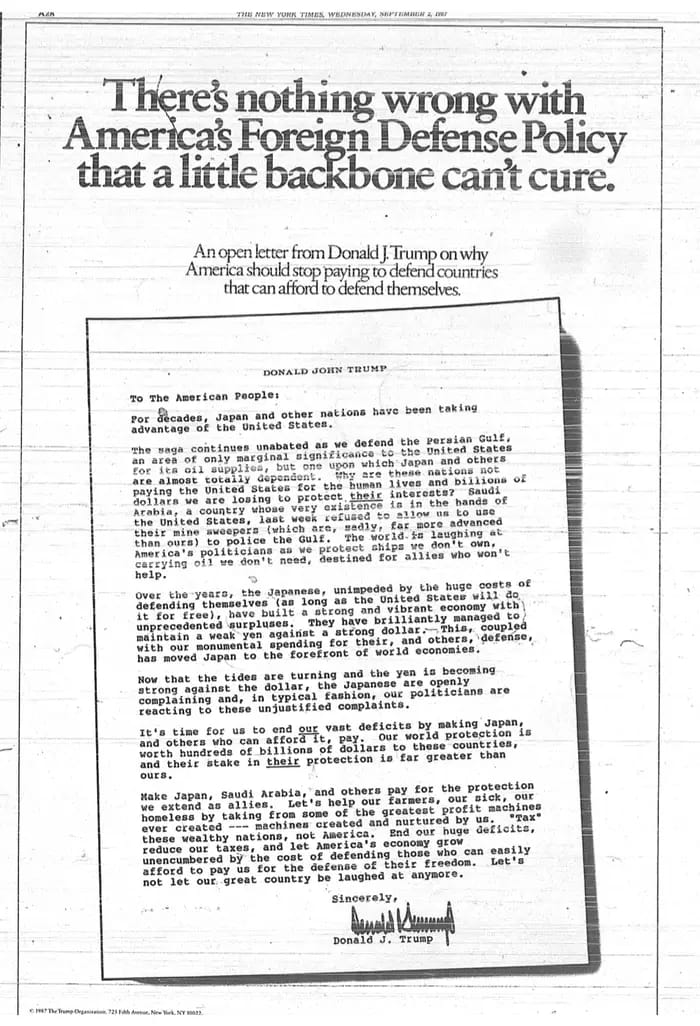2025 Week 13
"But what experience and history teach is this – that peoples and governments never have learned anything from history, or acted on principles deduced from it." ~ Georg Wilhelm Friedrich Hegel, 1837

This post is for subscribers only
Already have an account? Sign in.